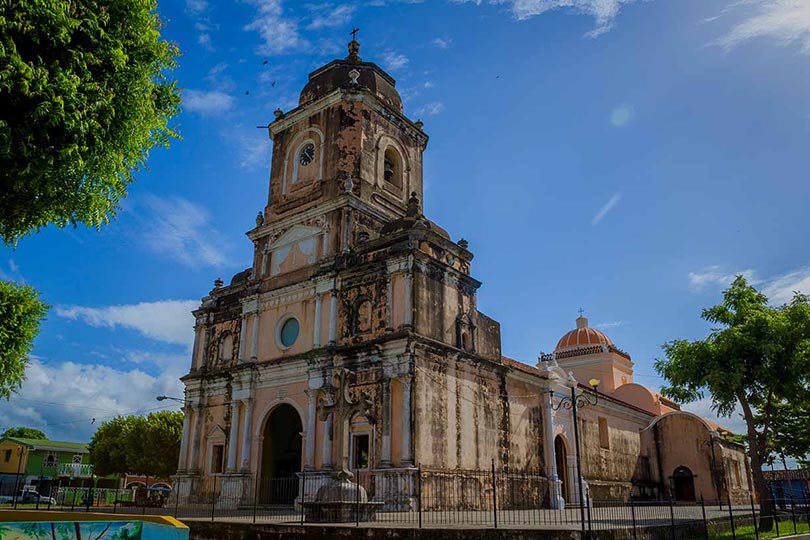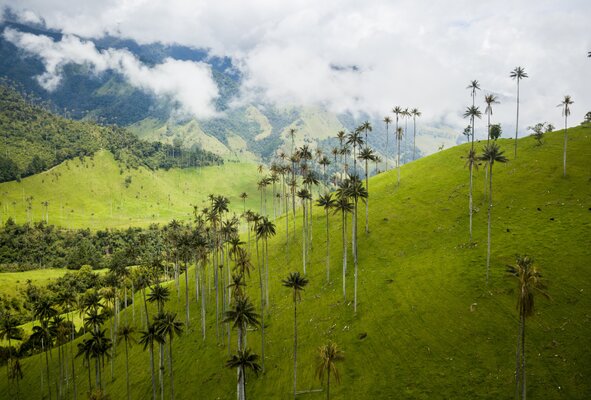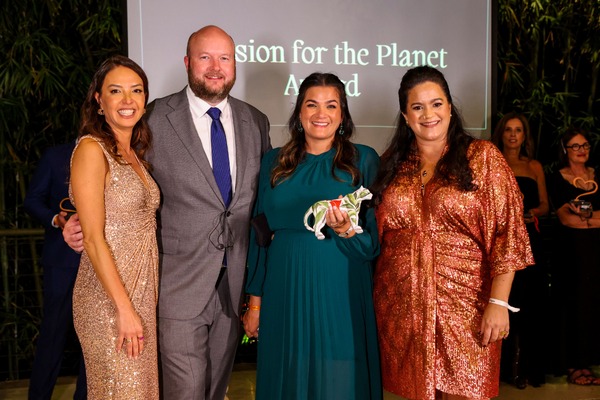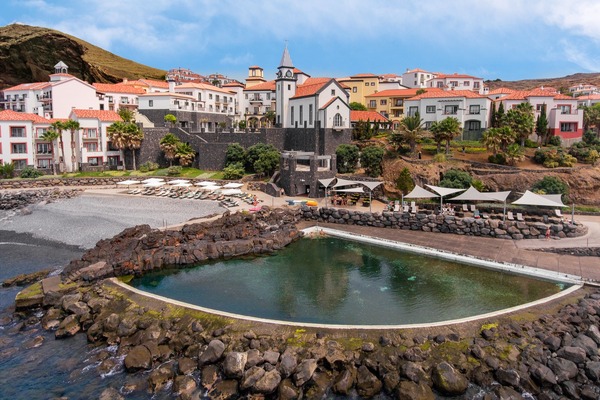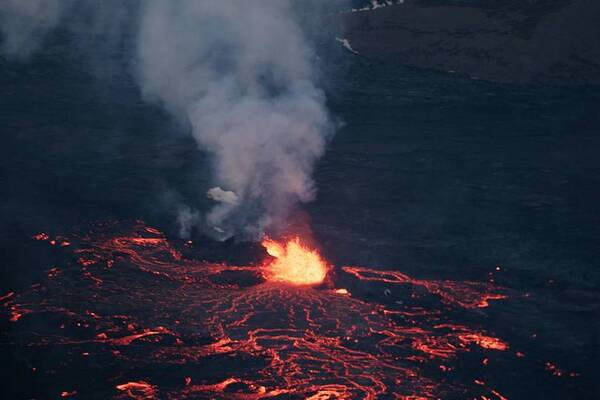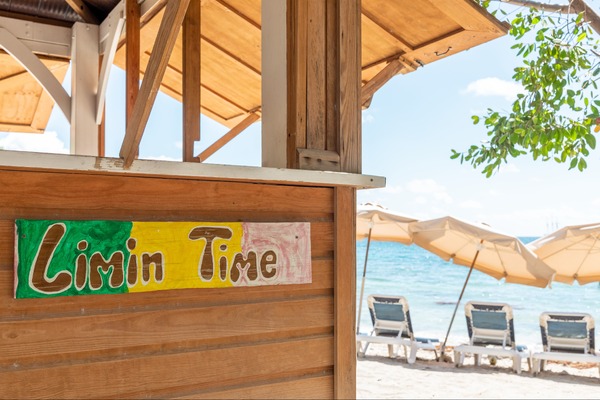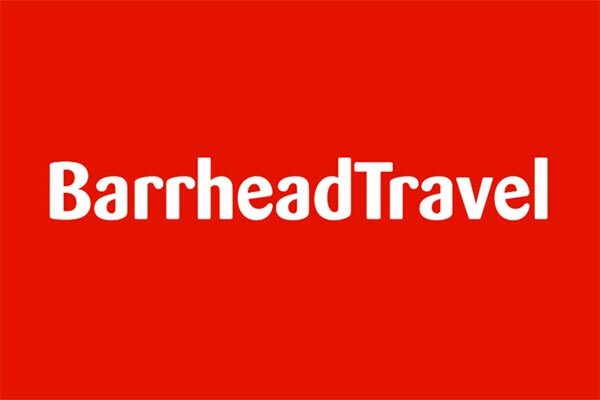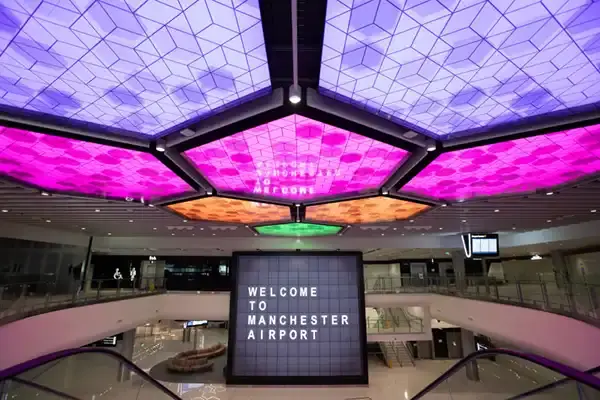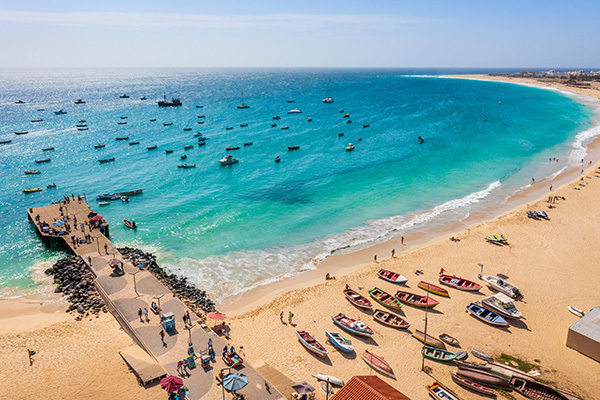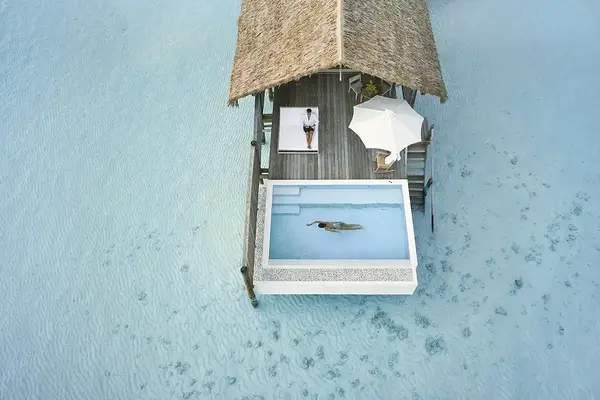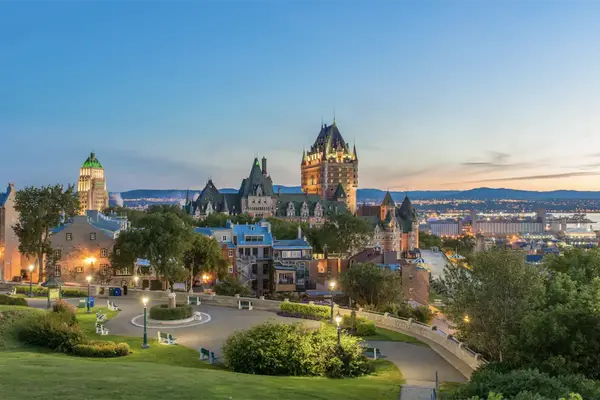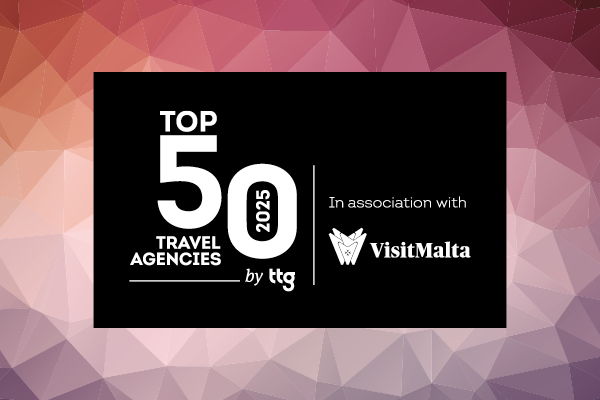WTM London 2019: Nicaragua bouncing back following lift of travel ban
 Abra Dunsby
Abra DunsbyTourism to Nicaragua is “recovering very rapidly” following the political unrest and subsequent travel ban by the UK’s Foreign and Commonwealth Office (FCO) in April 2018.
Speaking to TTG at WTM London, Nicaragua’s minister of tourism, Anasha Campbell, revealed tourism arrival figures were down by 29.7% year-on-year in 2018. However, forward bookings for October to December 2019 were up by 98% compared with 2018.
Before the political unrest and subsequent FCO travel ban, tourism numbers were flourishing, Campbell said. In 2017, the country experienced its “best year” and its 11th year of growth, as well as a surge in tourism numbers of 18.8%.
“In the first three months of 2018, there was a 12.5% growth in tourism arrivals,” she added.
The FCO ban was lifted in February 2019 and Campbell said due to a “progressive reactivation of the industry” – which included a “Nicaragua is open” marketing campaign created in association with the Latin American Travel Association (Lata) – the destination hoped to close 2019 with “much better figures than those of 2018”.
The country’s focus for 2020 is to “continue strengthening the international promotion strategy”, homing in on the key source markets of Central America, North America, Germany, the UK and Spain.
The main source market for Nicaragua is Central America, with 70% of travellers originating from this region, followed by 24% from North America and 6% from Europe.
Campbell acknowledged the demonstrations in April 2018 and ensuing FCO travel ban “had an impact on the perceptions of Nicaragua”.
However, she said she was keen to highlight the country’s safety record and a survey by the World Economic Forum released earlier this year, which named Nicaragua as the safest country in Central America.
The country was also named the fifth most gender-equal country in the world by the World Economic Forum, and is predicted to close its gender gap by 2050. Campbell said this made the country appealing to female solo travellers.
She added the completion earlier this year of a highway connecting the cities of Bluefields and Nueva Guinea would help tourists travel around the country, linking the Pacific and Caribbean coasts.
Campbell explained the country was still in talks with Iberia to potentially secure a direct flight route from Europe to Nicaragua, with plans scuppered by last year’s political unrest.
Two new flight routes were added from Havana to the Nicaraguan capital of Managua this year, with Aruba Airlines and Conviasa Airlines. Campbell said the flights would appeal to travellers planning a multi-destination Central American trip.
Sign up for weekday travel news and analysis straight to your inbox

Abra Dunsby
Supplier Directory
Find contacts for 260+ travel suppliers. Type name, company or destination.
